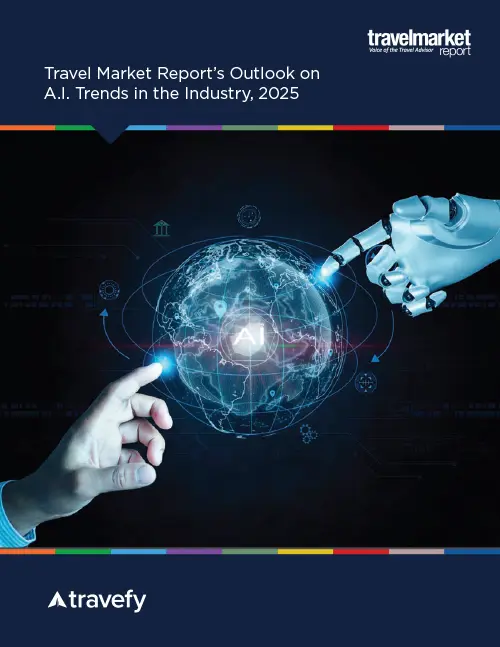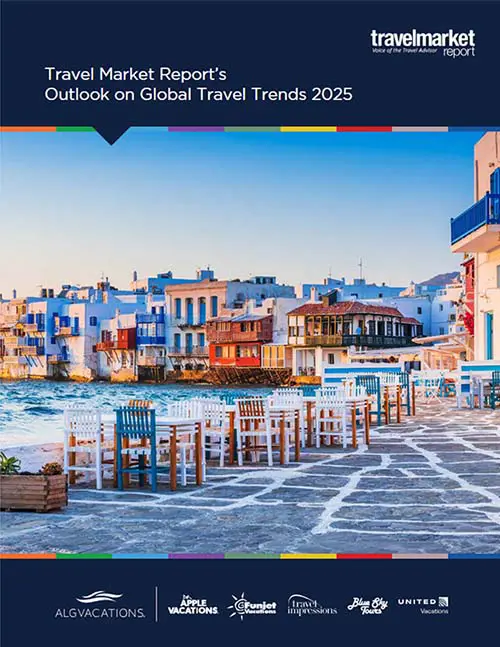DOT’s Look at a Problematic Future
by Andrew SheivachmanIn order to help revitalize the flagging U.S. transportation infrastructure, the Department of Transportation (DOT) is looking to the future – 30 years from now, in fact.
In a new report, Beyond Traffic: Trends and Choices 2045, DOT analyzes the different modes of domestic travel and considers how increased demand will affect the movement of people and goods the country.
The findings shed light on the government’s top concerns about the country’s air travel system and the changes likely to affect the travel experience.
The report was conducted over a year by a team of experts who included feedback from 1,300 participants of six public webinar sessions.
‘Way behind’
“… We are behind… Way Behind,” the report’s introduction states.
The U.S. is currently 16th in global travel infrastructure rankings among similar nations, the report said.
Here are three things travel professionals should know about the DOT findings on the future of travel.
Air goes NextGen
Data shows the U.S. air traffic system is currently overburdened, but help may be on the way from new Federal Aviation Administration (FAA) regulations.
“The total number of people flying on U.S. airlines is expected to increase by approximately 50% over the next two decades, while international air travel to and from the U.S. will more than double,” the report said.
“This could lead to increased workloads for air traffic controllers and potentially increase congestion at certain busy airports.”
Flight delays and cancellations already cost more than $20 billion a year, and 80% of all departure delays can be traced back to seven airports, according to a 2010 Government Accounting Office (GAO) report.
New technologies, however, will redefine the air travel experience– for both consumers and aviation companies.
NextGen is the FAA’s plan to use new digital technologies to enhance communications and ultimately limit aircraft delays and cancellations. The FAA estimates the new system will result in more than $130 billion in social benefits over the next 15 years while costing just $14 billion to implement by 2030.
Airlines will be responsible for outfitting their craft with the technology, which will allow air traffic control to more efficiently direct aircraft and reduce delays in the process.
Congestion and climate change
Climate change is here, and according to the DOT, it will require major adaptations from travel suppliers.
Last year was the warmest year on record. Higher temperatures will increase maintenance costs on roads, cause rail tracks to decay, and serve to reduce the effectiveness of aircraft.
Natural disasters are also on the rise.
“While it is difficult to connect climate change to particular weather events, the trends are disturbing,” according to the report.
“Since 1980, the frequency of billion-dollar natural disasters has increased by approximately 5% per year, controlling for inflation.”
The nation’s transportation structure, from airports to roads and bridges, are vulnerable to these disasters. Hurricane Sandy in 2012, for instance, caused $700 million in damage to New York City’s rail infrastructure.
And travelers will suffer disruption and danger in a world with more natural disasters than ever before.
The millennials are coming… without cars
The U.S. youth movement is in full force. Today there are six million more Americans aged 18 to 34 than those aged 50 to 68.
At the same time, the number of licensed drivers under the age of 34 declined between 2002 and 2012, despite the increasing population.
“It is possible that Americans, particularly millennials, will continue reducing trips by
car in favor of more trips by transit and intercity passenger rail,” the report said.
Millennials are more likely to use services like Uber and Zipcar, instead of renting, leasing or owning an automobile.
They’re also more willing to shop online than drive to visit a brick-and-mortar store.
There are ramifications in this for travel agents and the rental car companies alike.
























